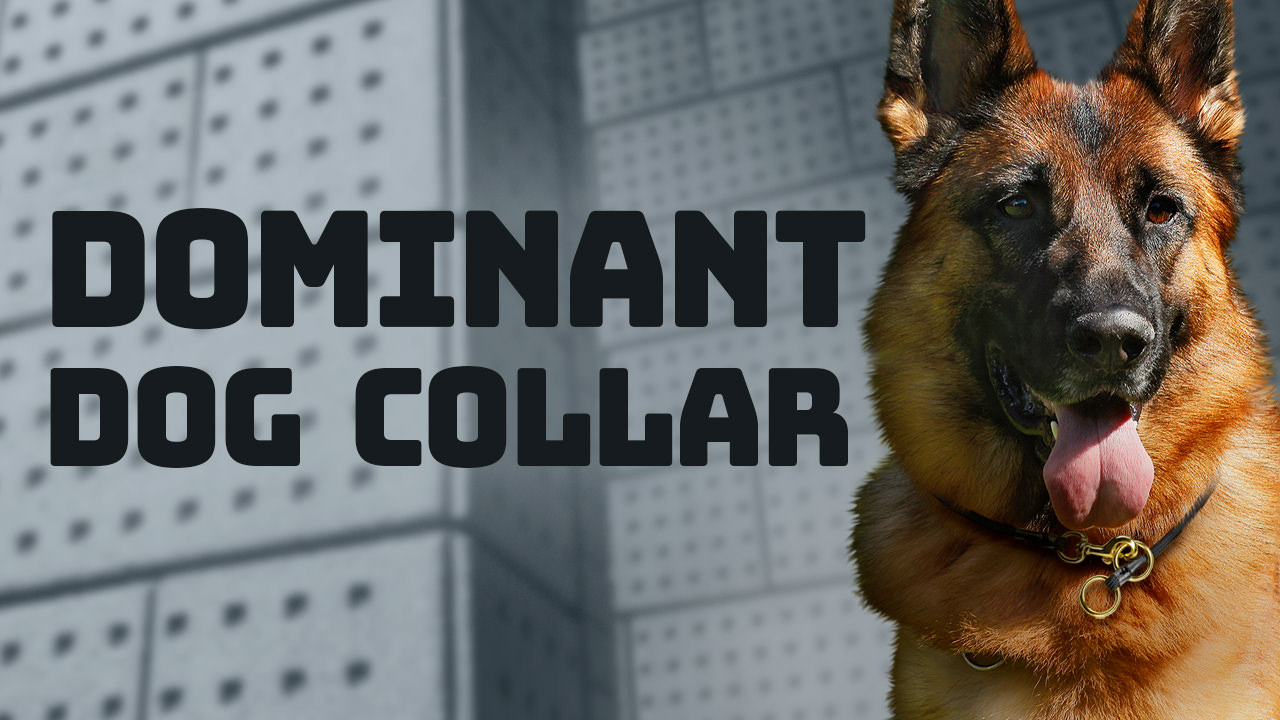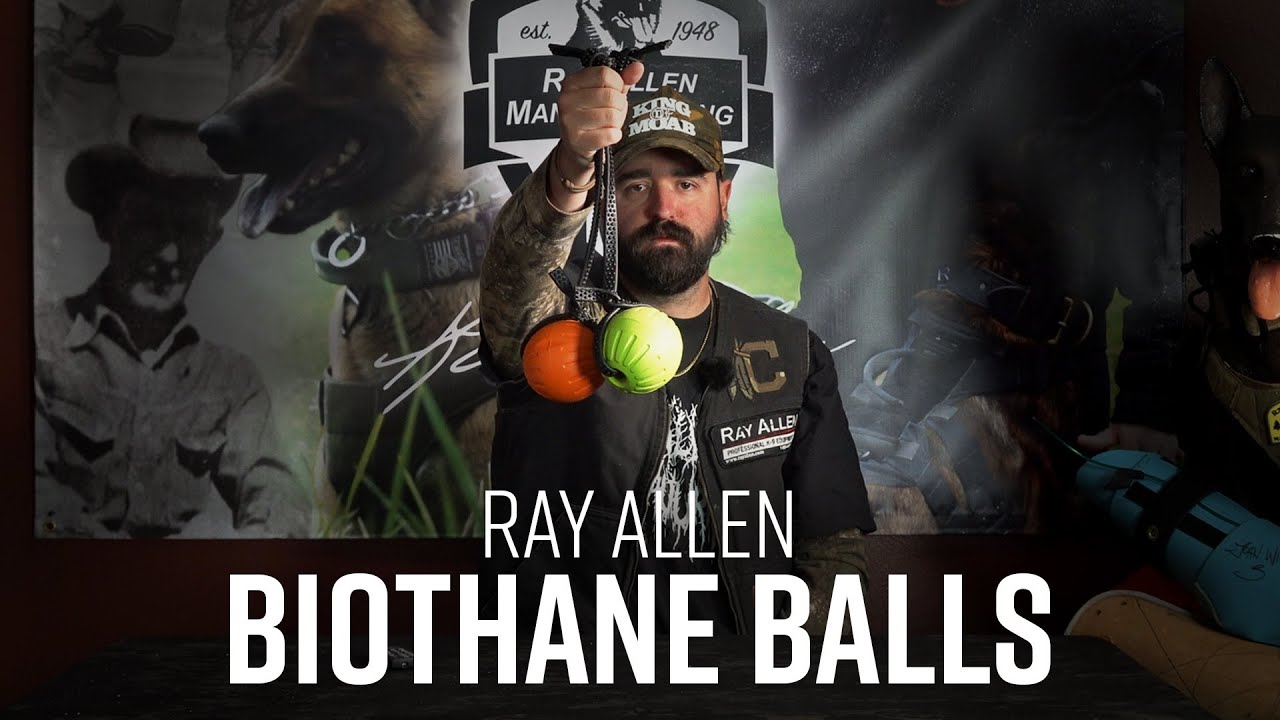Understanding Dominant Dog Collars: Essential Training Tools for Working Dogs
Aug 20th 2025
In the world of professional dog training, particularly for military, police, and working dogs, having the right equipment can make the difference between successful training outcomes and safety risks. One tool that has proven indispensable for experienced handlers is the Dominant Dog Collar, a specialized training device that addresses behavioral challenges through precise pressure application and natural canine communication principles.
What Is a Dominant Dog Collar?
A dominant dog collar, also known as a slip collar or training collar, is a specialized piece of equipment designed to communicate with dogs through controlled pressure rather than verbal commands. Unlike traditional flat collars, these collars are engineered to sit high on a dog's neck, fitting precisely in the natural groove located behind the ears, between the skull and jawline.
The Raider K9 dominant dog collars have become the industry standard among professional trainers due to their superior construction and reliability in high-stakes training environments. These collars come in various configurations, from simple two-loop designs similar to pinch collars to more sophisticated variations designed for specific training applications.
The Science Behind Pressure-Based Communication
Canine communication operates fundamentally differently from human interaction. Dogs don't naturally respond to verbal language. Instead, they communicate primarily through pressure, body language, and physical corrections. This biological reality forms the foundation for why dominant dog collars are so effective in professional training environments.
The collar's mechanism works by applying graduated pressure to specific points on the dog's neck when the animal pulls or exhibits unwanted behaviors. This pressure targets the dog's natural gag reflex, creating an immediate physiological response that encourages the animal to reduce tension on the leash. The beauty of this system lies in its self-correcting nature. The dog controls the amount of pressure applied based on their own actions.
Proper Placement and Positioning
Correct placement of a dominant dog collar is critical for both effectiveness and safety. The collar must sit high and tight on the dog's neck, positioned in the natural groove behind the ears. This placement ensures that pressure is applied to the most sensitive area while avoiding damage to the trachea or other vulnerable structures.
When properly positioned, the collar should fit snugly but not restrictively when the dog is in a relaxed state. The key is achieving the right balance. It should be tight enough to provide immediate feedback when the dog pulls, but loose enough to allow normal breathing and comfort during training sessions.
Applications in Professional Training
Behavioral Correction for Dominant Dogs
The collar earned its name through its effectiveness in managing dogs that exhibit dominant behaviors. Whether working with a strong-willed German Shepherd in police training or a determined Golden Retriever in search and rescue preparation, the collar provides consistent, immediate feedback that helps establish proper handler-dog dynamics.
For larger breeds or dogs with particularly strong pulling behaviors, the collar's precision pressure application can achieve results where other training methods might fail. The immediate cause-and-effect relationship helps dogs understand boundaries quickly and effectively.
Tactical Applications: Lift-offs and Emergency Releases
In military and police operations, handlers sometimes encounter situations where dogs must be immediately removed from a bite or disengage from a target. Professional trainers refer to these techniques as "lift-offs," "choke-offs," or "dog-offs." While ongoing training aims to develop reliable verbal commands for these situations, emergency scenarios sometimes require immediate physical intervention.
The dominant dog collar's high placement and pressure point targeting make it an effective tool for these critical situations. When a proper overhand grip is applied to the leash with thumbs positioned on the back, handlers can create the circumferential pressure needed to trigger the dog's natural gag reflex, encouraging immediate release without causing injury.
Stealth Operations
Unlike traditional choke chains that create metallic noise during movement, dominant dog collars operate silently. This characteristic makes them invaluable for tactical operations where noise discipline is essential. Military and police units operating in sensitive environments rely on this silent functionality to maintain operational security while retaining full control over their canine partners.
Professional Training Considerations
Dominant dog collars are tools for experienced handlers who understand canine behavior and training principles. They should not be used without proper education on timing, pressure application, and reading canine body language. Professional trainers emphasize that these collars are part of a comprehensive training approach, not a standalone solution.
Effective use requires understanding when to apply pressure, how much pressure is appropriate, and how to read the dog's responses to ensure training remains productive rather than punitive. The goal is always communication and cooperation, not dominance through force.
Integration with Modern Training Methods
Contemporary working dog training integrates traditional tools like dominant dog collars with positive reinforcement techniques and modern behavioral science. The collar serves as one component in a toolkit that includes treats, toys, verbal praise, and other motivational elements.
Professional handlers use these collars during specific phases of training where clear boundaries need to be established, then transition to other methods as the dog's understanding and compliance develop. This balanced approach ensures that working dogs remain motivated and engaged while developing the reliability required for their roles.
Maintenance and Safety
Regular inspection of dominant dog collars ensures continued safe operation. Handlers should check for wear points, smooth operation of sliding mechanisms, and appropriate fit as dogs grow or change weight. Proper storage and cleaning extend the life of quality equipment and maintain its effectiveness.
Safety protocols include never leaving a dominant dog collar on an unsupervised dog, ensuring proper fit before each use, and monitoring the dog's response during training sessions. Professional handlers are trained to recognize signs of distress and adjust their techniques accordingly.
Is A Dominant Dog Collar Right For You?
The dominant dog collar remains an essential tool in professional dog training, particularly for working dogs in military, police, and specialized service roles. When used by knowledgeable handlers as part of a comprehensive training program, these collars provide effective communication, safety capabilities, and operational advantages that other equipment cannot match.





